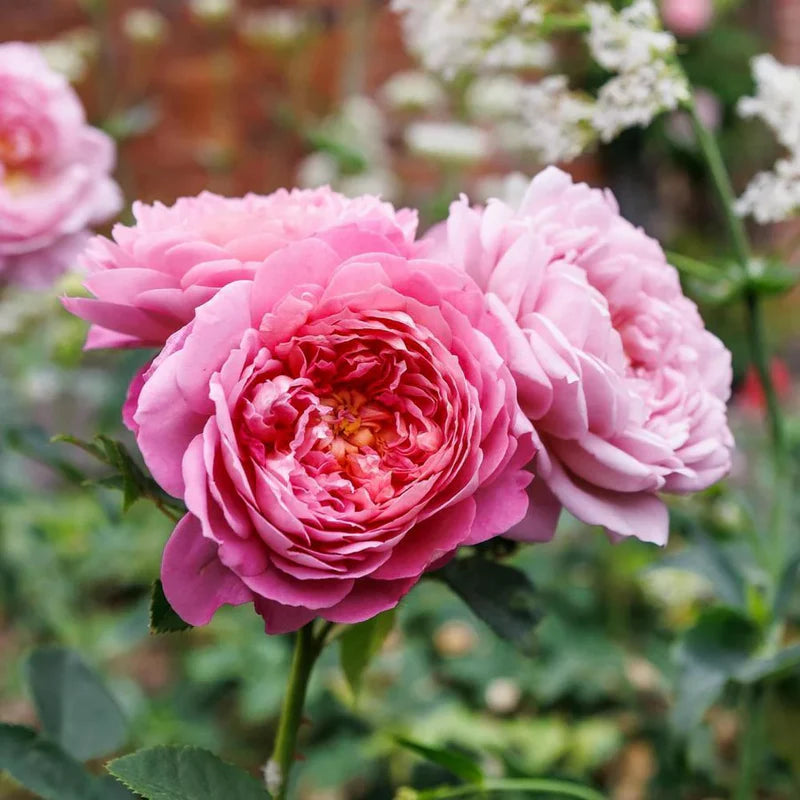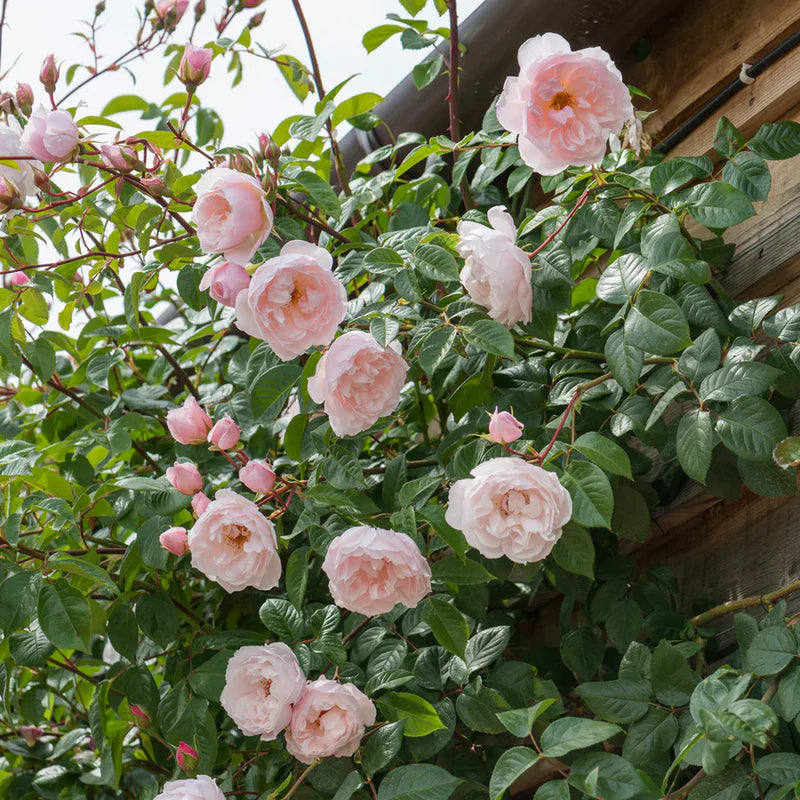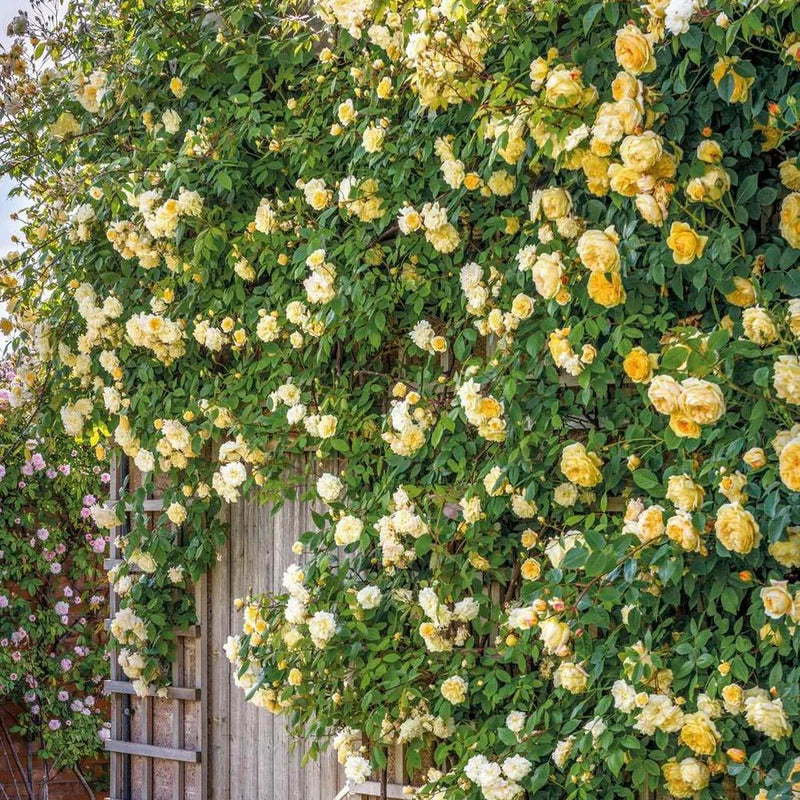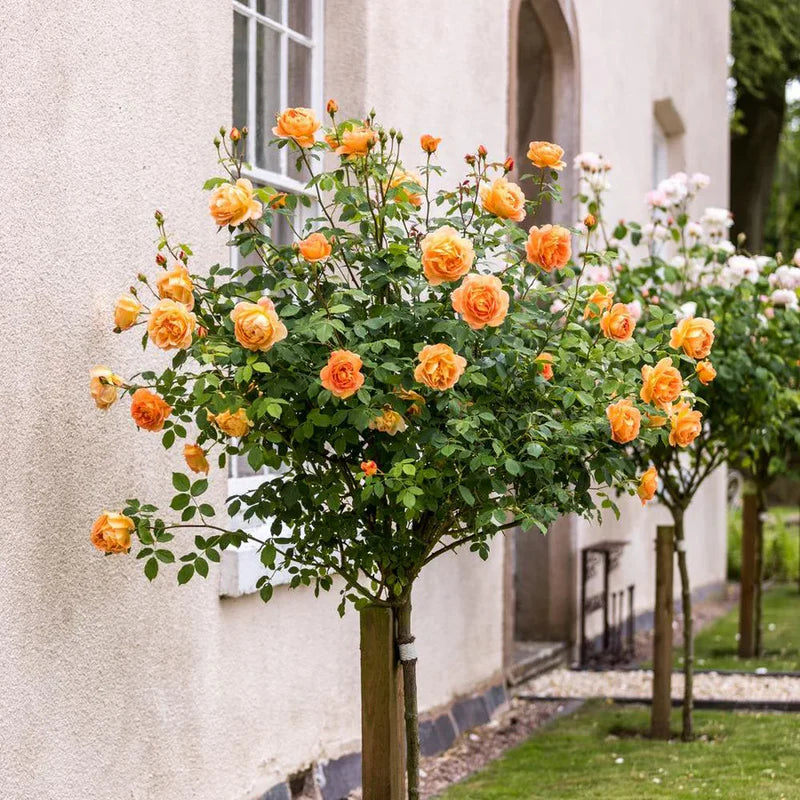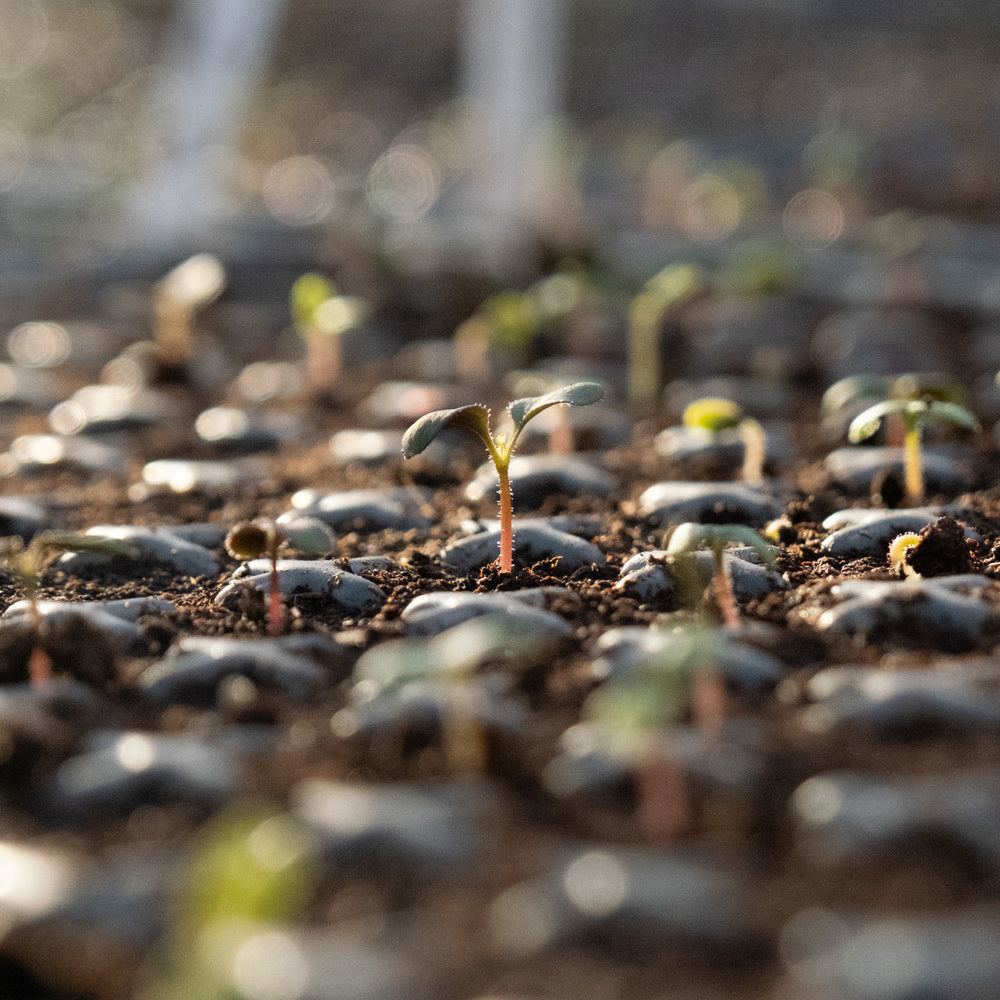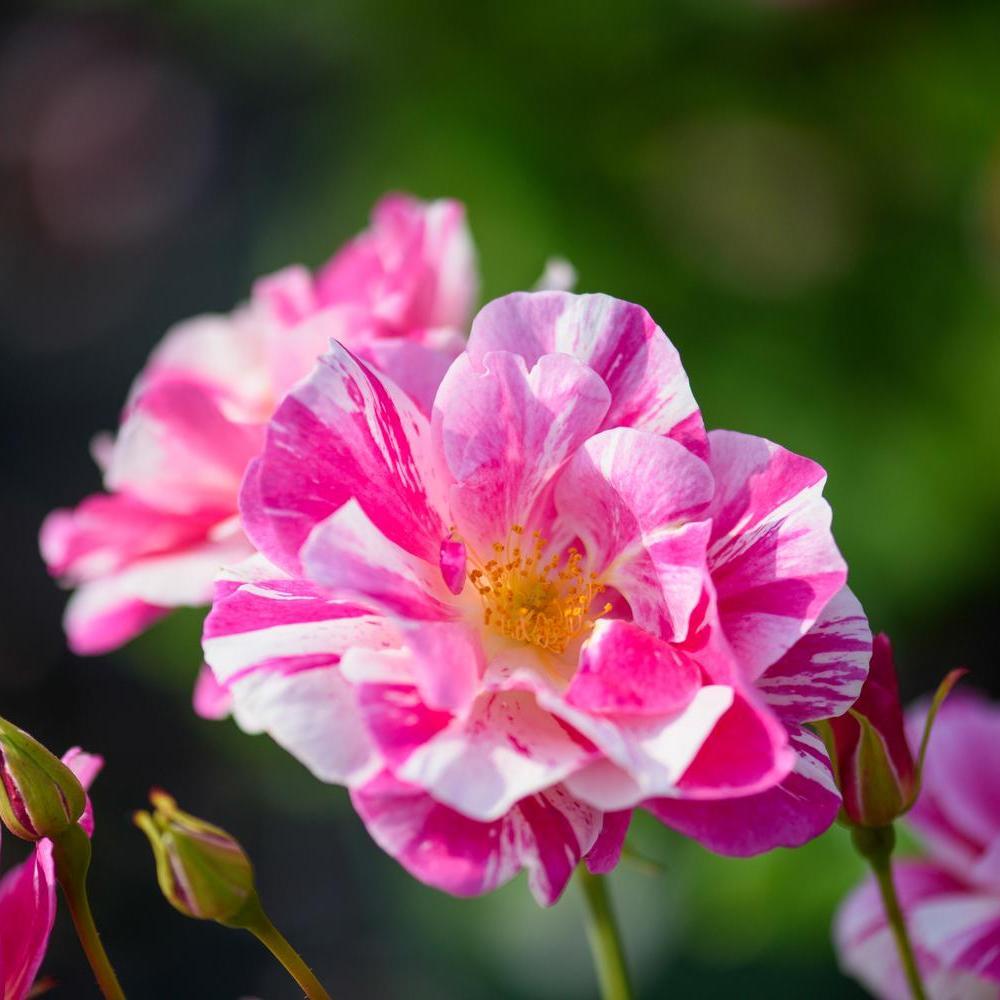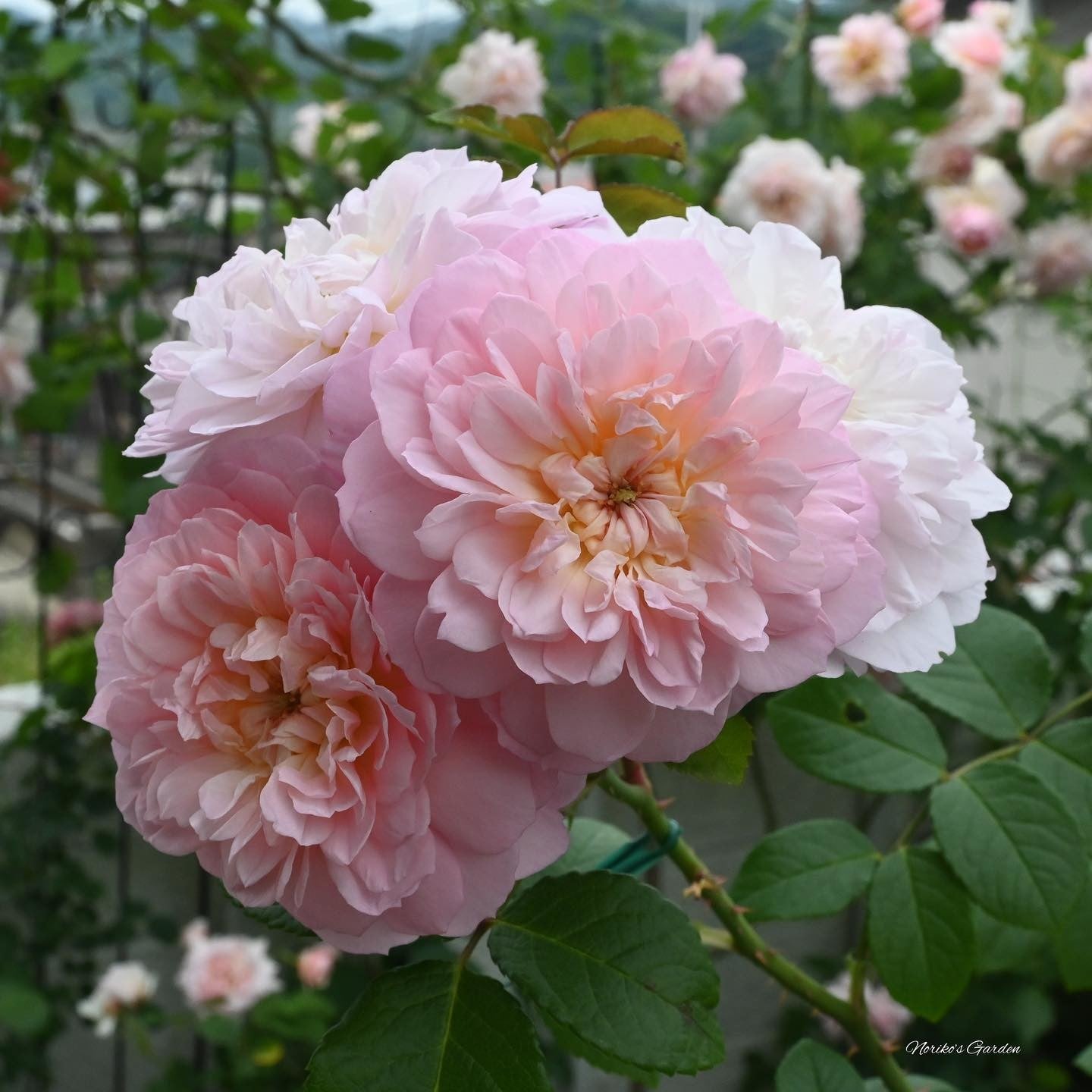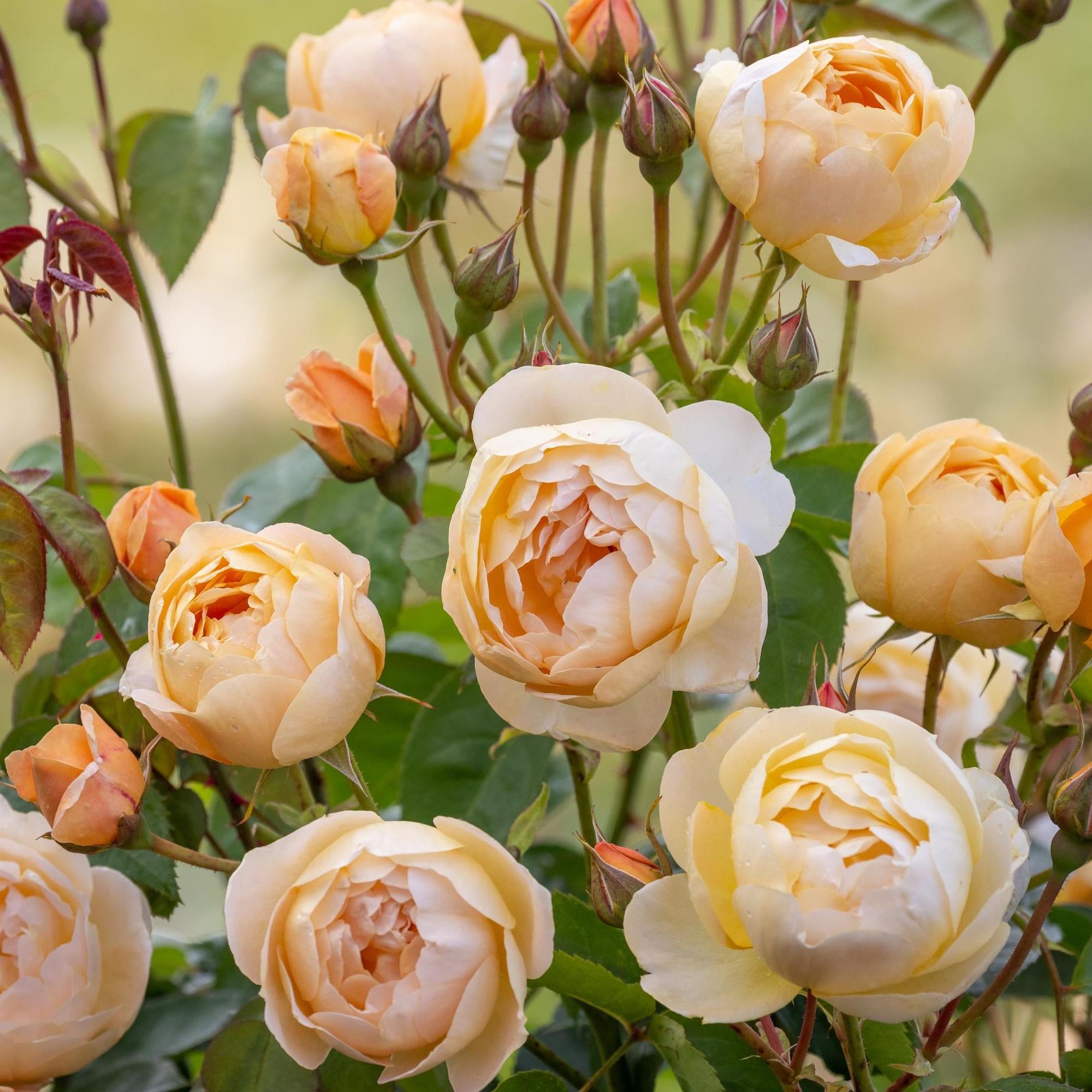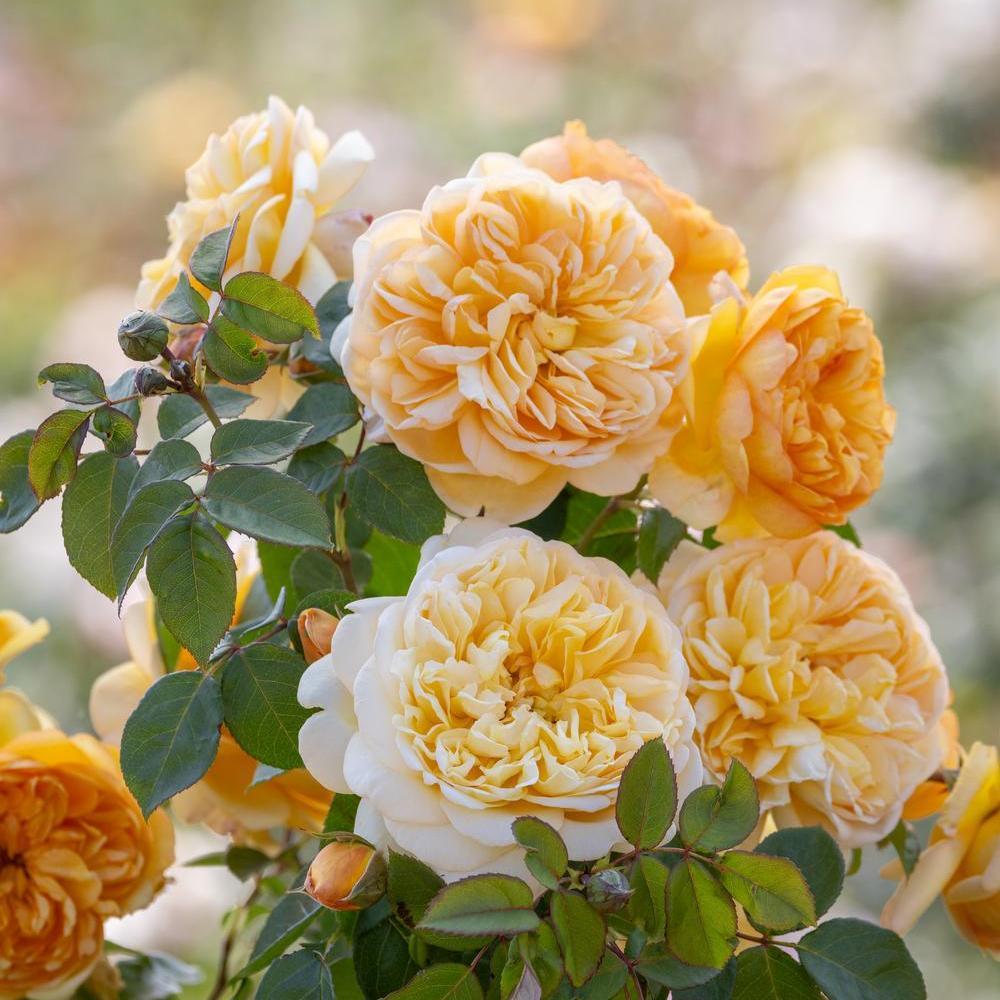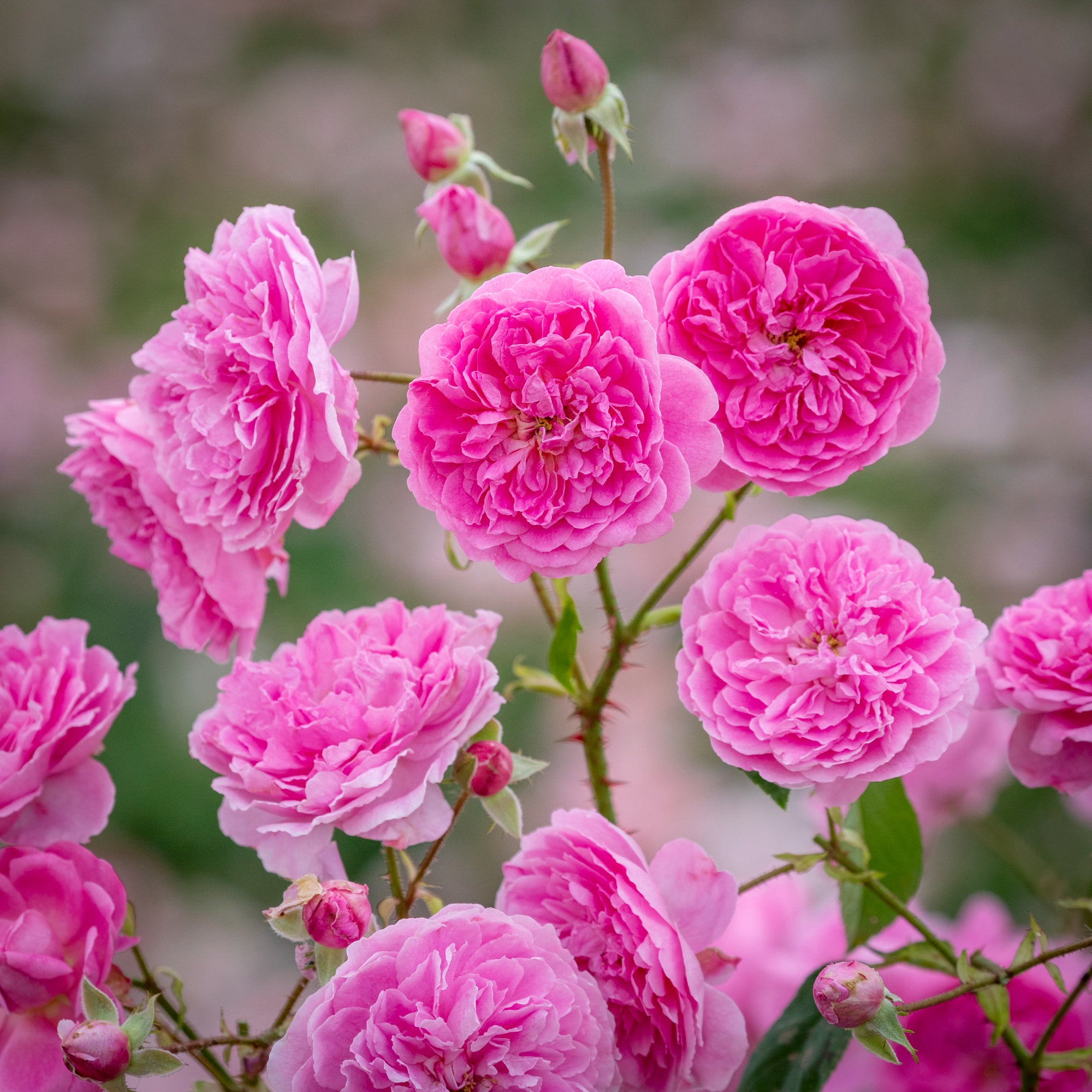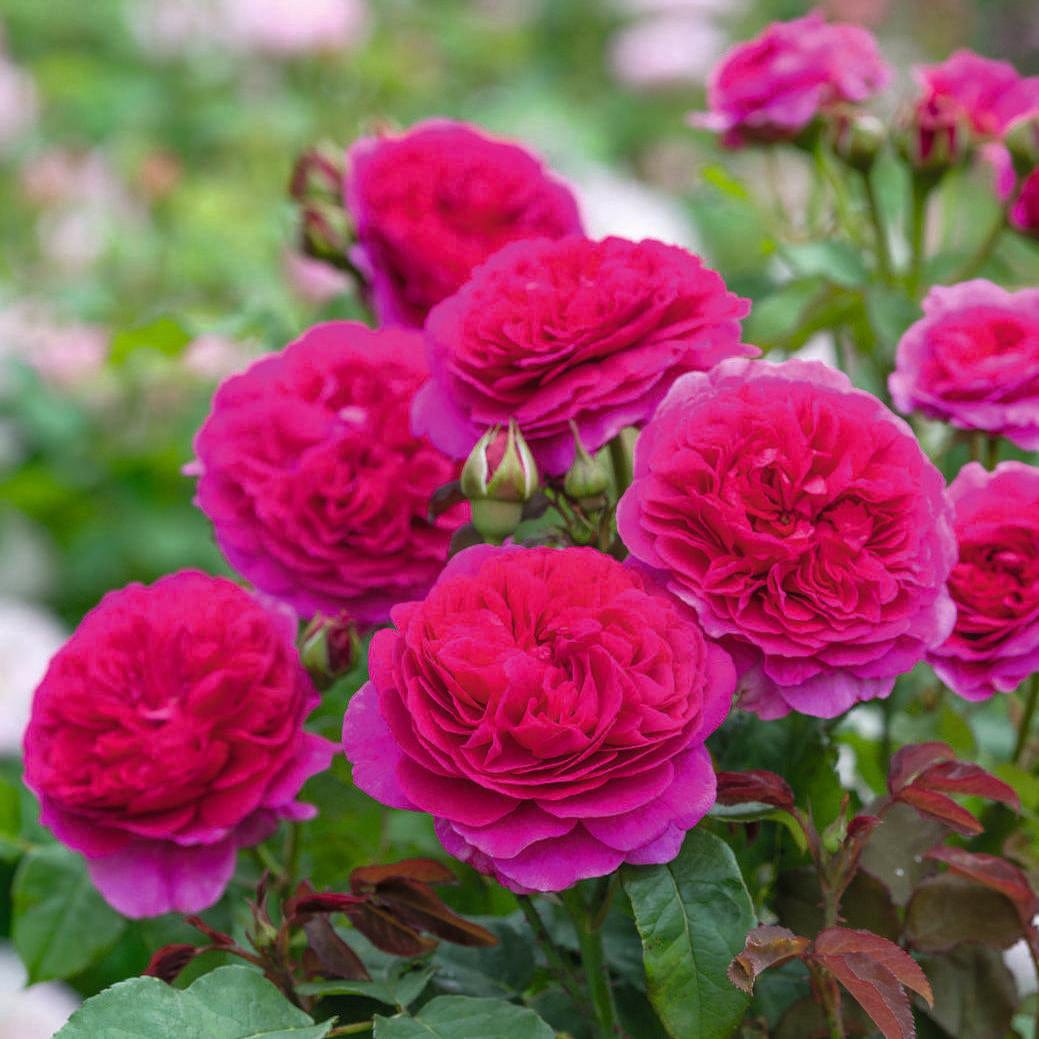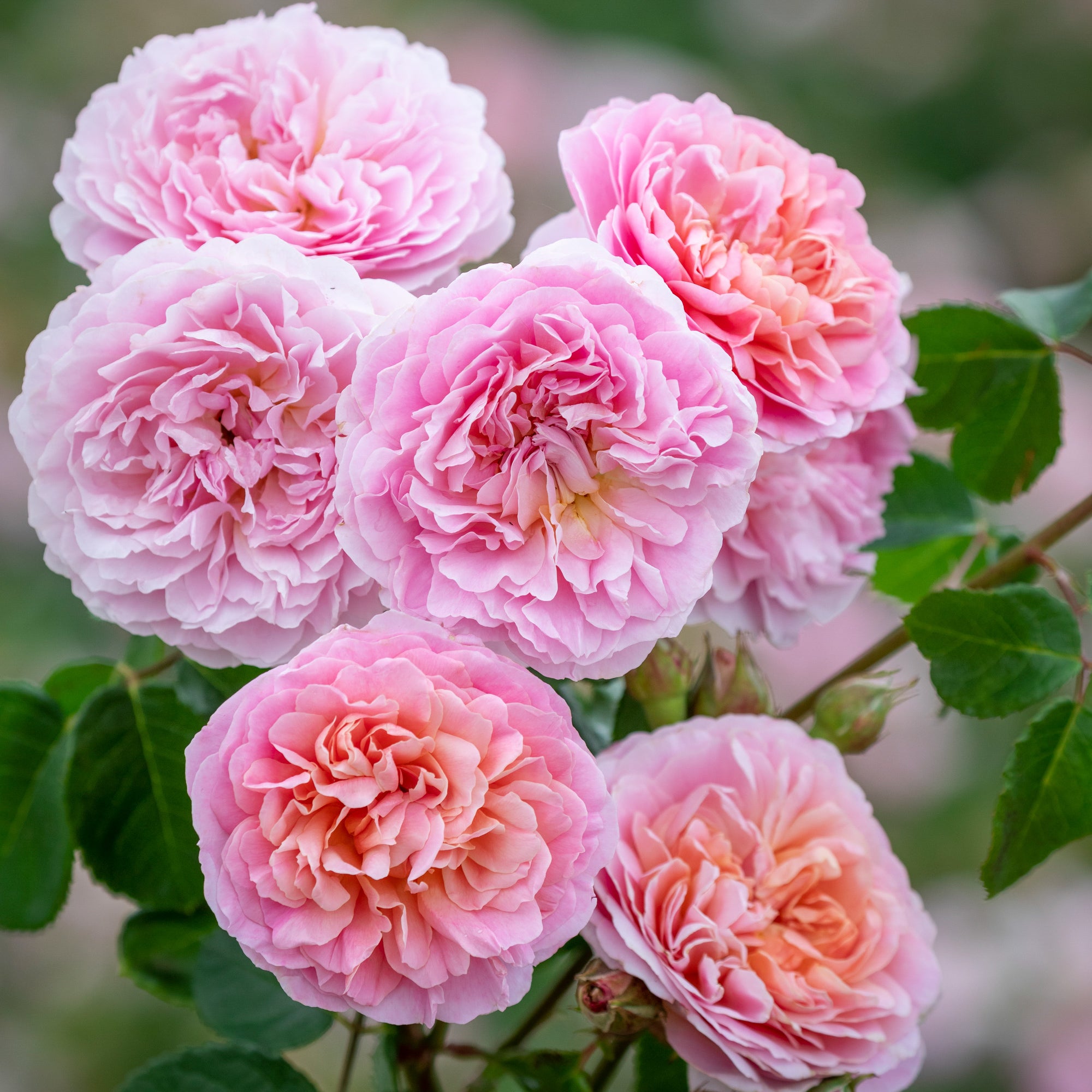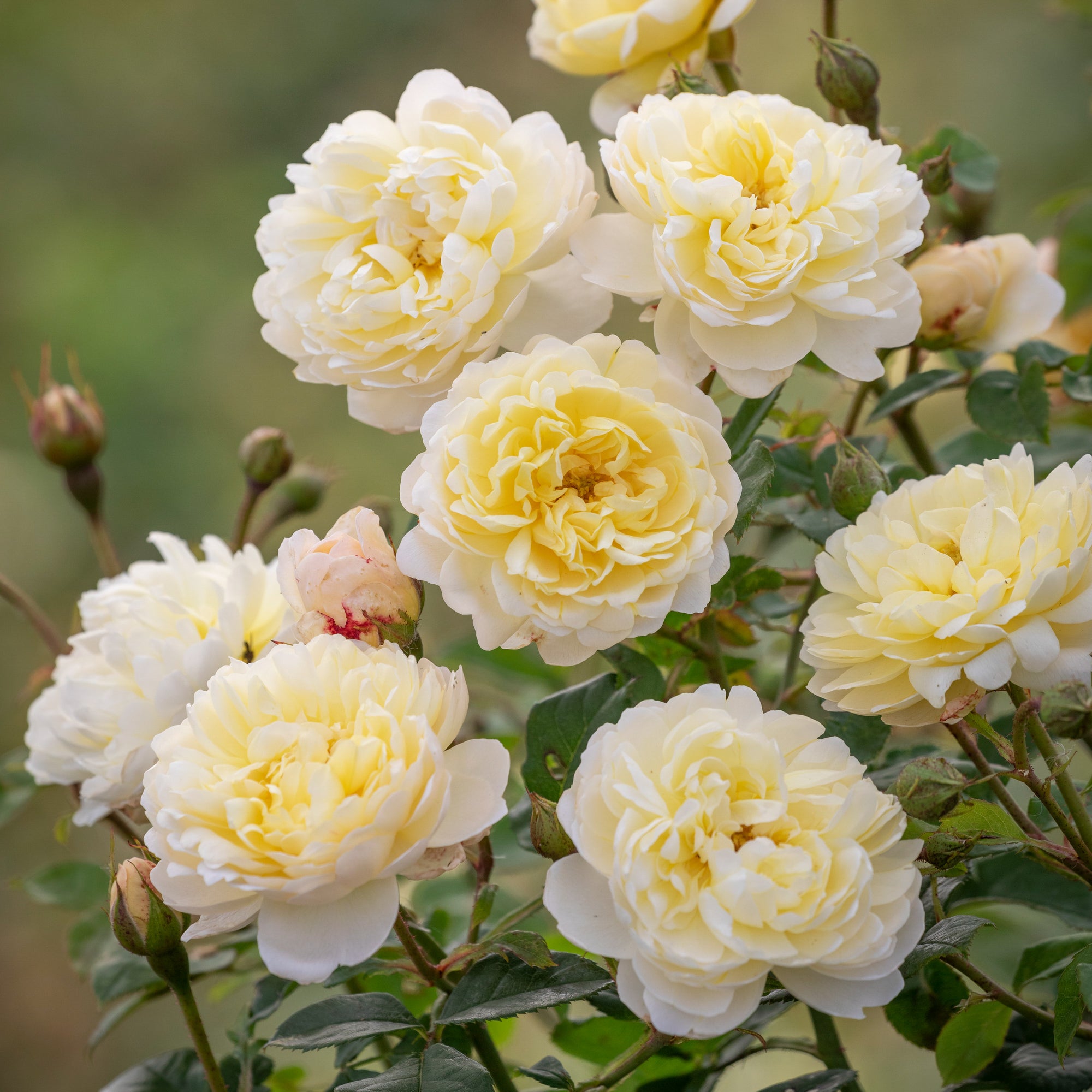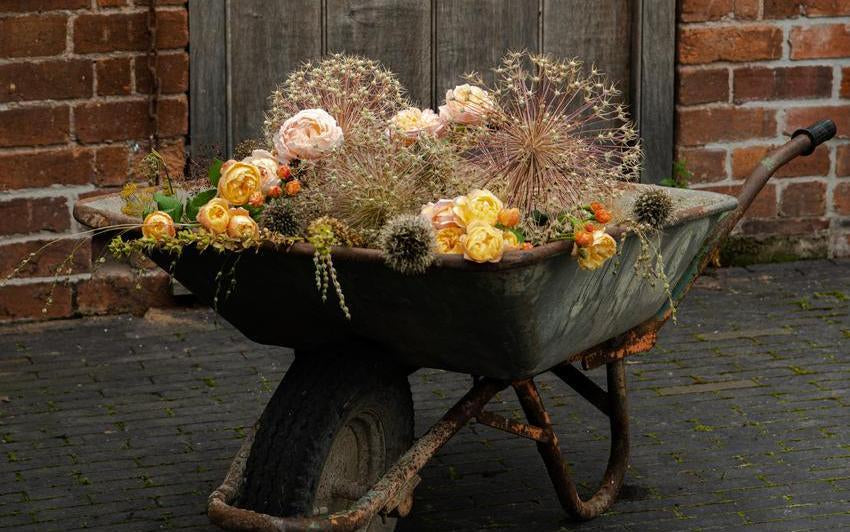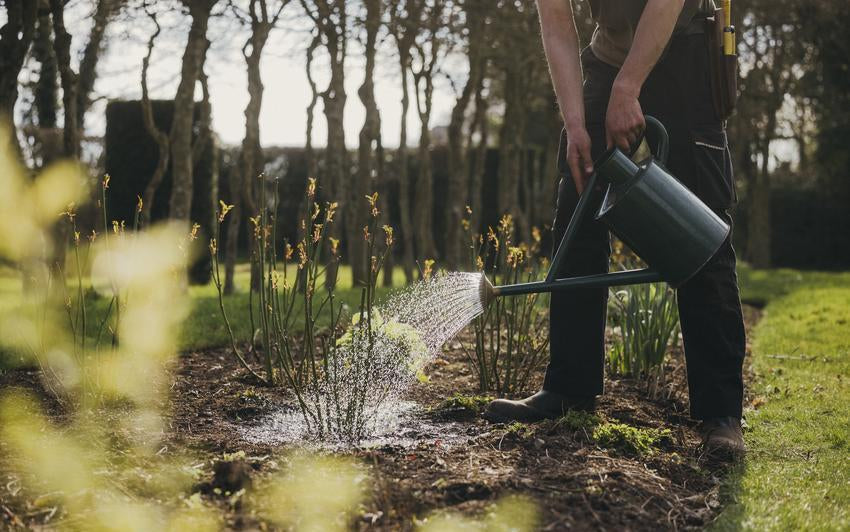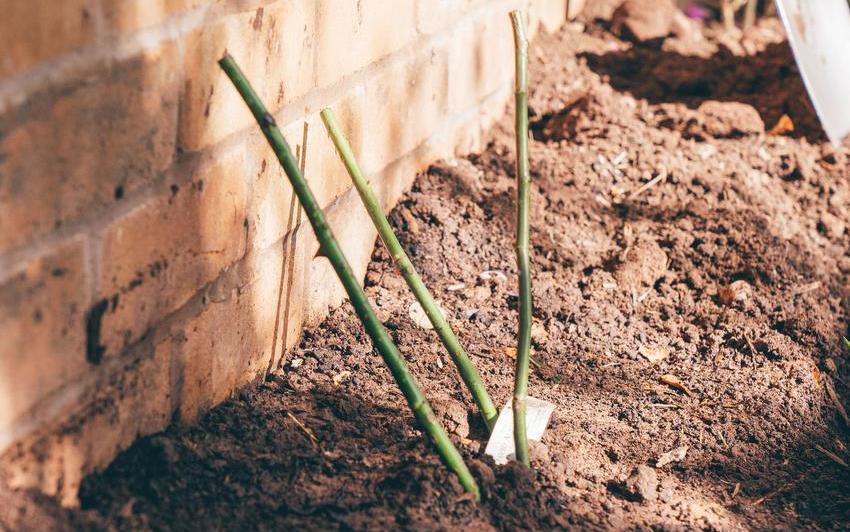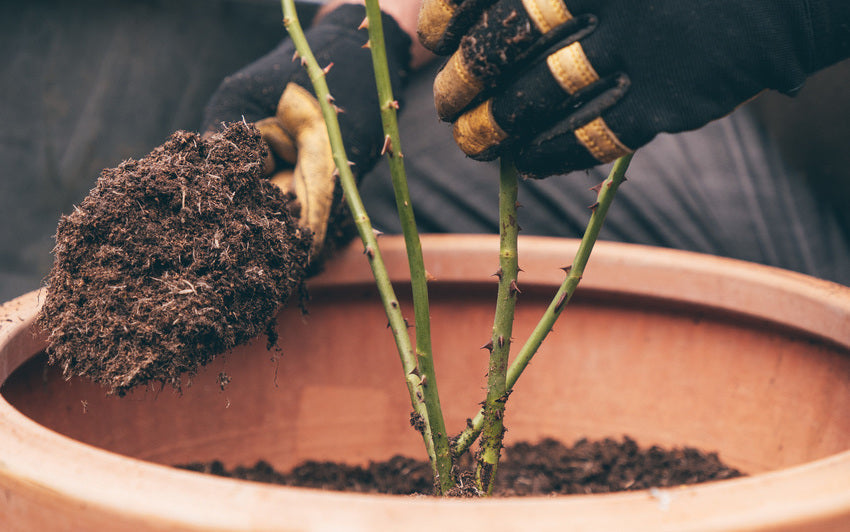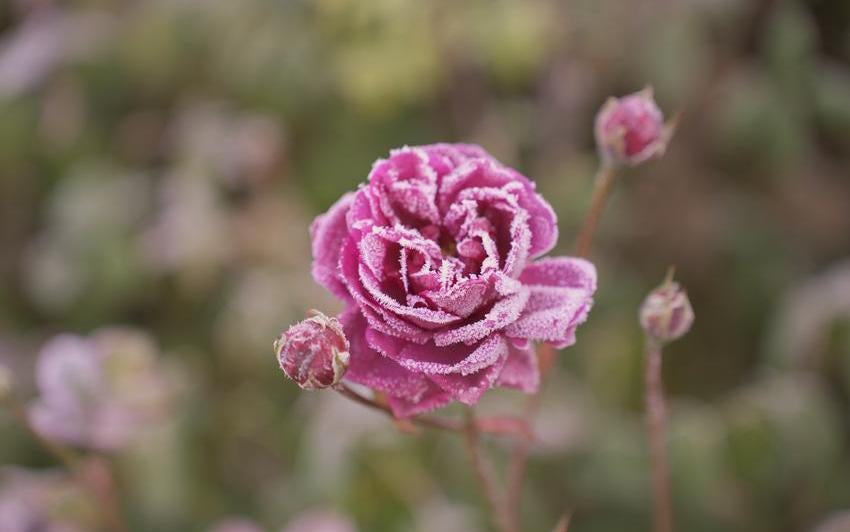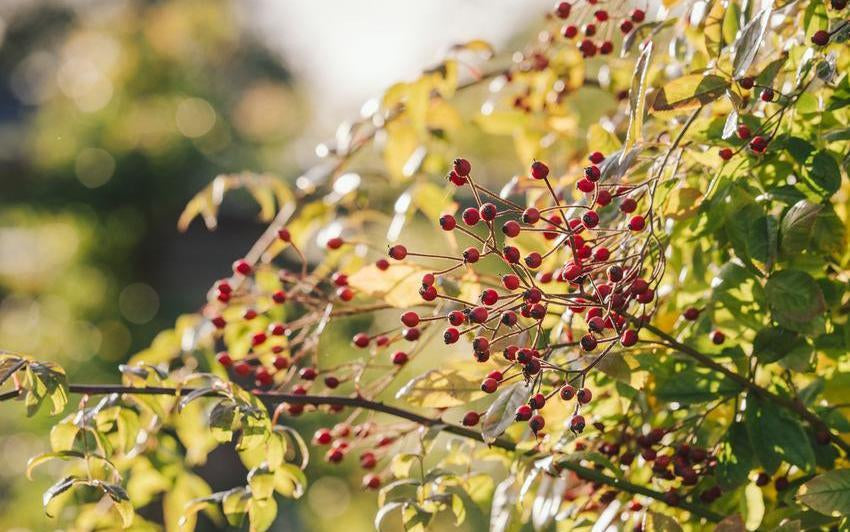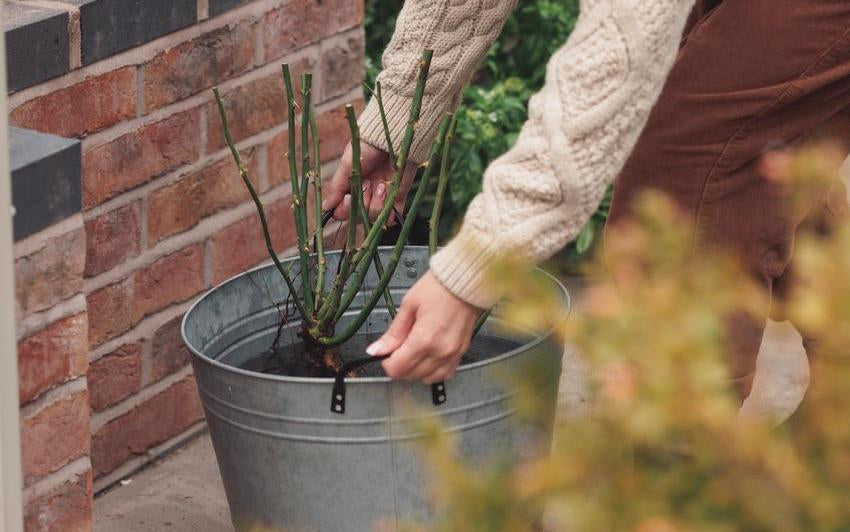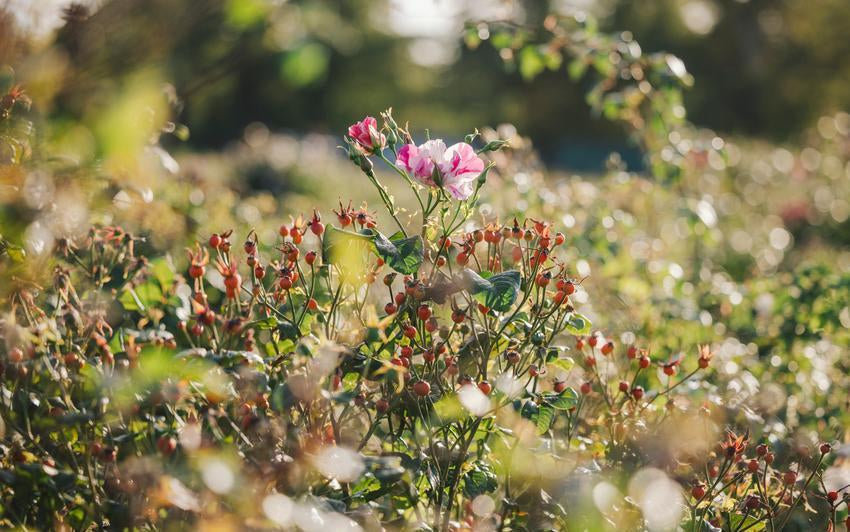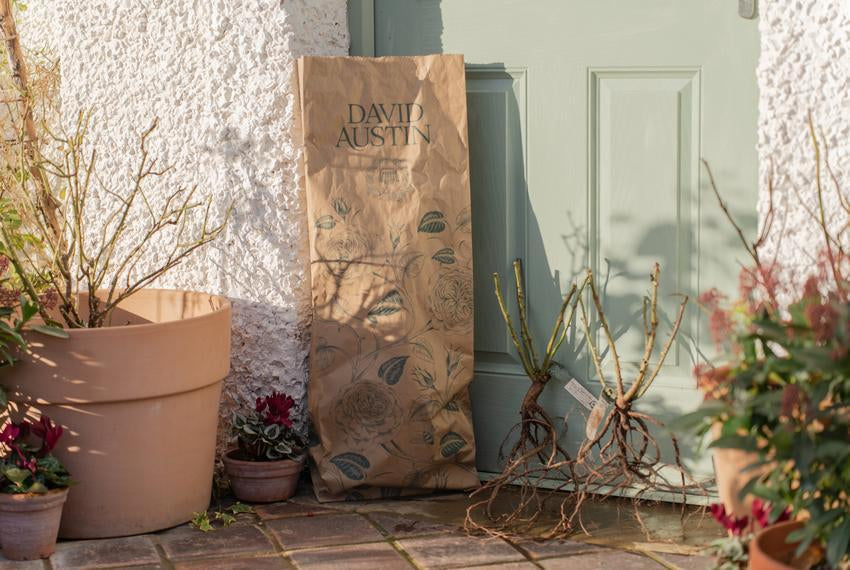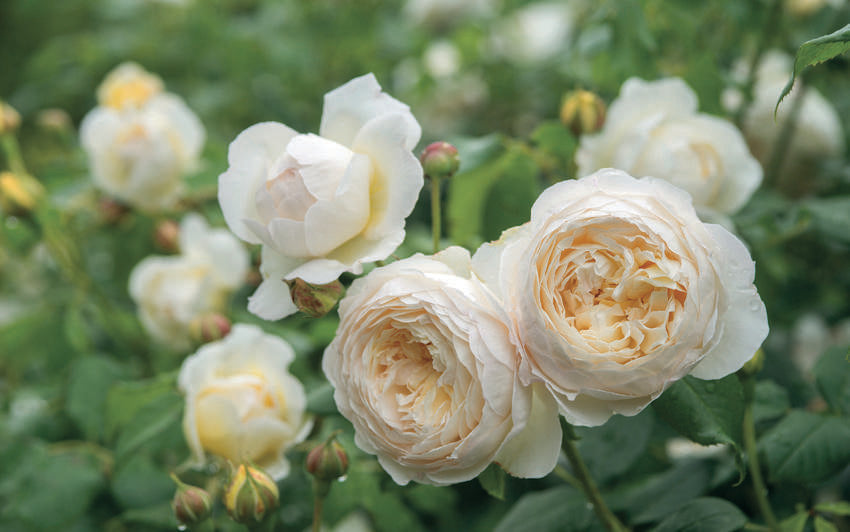A Return to Simplicity: The Beauty of Planting Bare Root Roses
Planting a bare root rose is a gesture of quiet confidence, a small act of faith in the turning of the seasons. It asks the gardener to trust in time, in patience, and in the rose’s own ancient rhythm. Long before plastic pots and glossy labels, this was how roses were grown and shared. Lifted carefully from the fields in autumn, their roots bare and bundled, they travelled lightly, ready to settle into new gardens and new soil.
There is something profoundly grounding about that tradition. To hold a bare root rose in your hands is to feel its potential directly, with no compost, no container, no distraction. Just the living framework of the plant: strong, fibrous roots, a handful of stems, and a promise waiting quietly beneath the bark. It connects you, quite literally, to the heart of the rose.
A Natural Rhythm
Bare root roses are planted during the dormant months, when the air is crisp and the garden seems to rest. This timing is not by chance. While the top growth sleeps, the roots begin to explore their new home, reaching steadily into the soil and forming the foundation for all that will follow. By the time spring arrives, the plant is well established and ready to burst into life with energy and grace.
There is a deep satisfaction in working this way, aligning your actions with the natural rhythm of the plant rather than forcing it to adapt to ours. It reminds us that gardening is not simply about results, but about partnership, a quiet collaboration between human care and nature’s design.
Light on the Earth
Another reason many gardeners return to bare root roses is their simplicity. They arrive without plastic pots, wrapped modestly in paper or straw, light enough to carry with ease. Their minimal packaging means less waste, and their transport footprint is far smaller. In an age where we are all striving to tread a little more gently on the earth, this matters.
And yet beyond the practical, there is an aesthetic pleasure too. To receive a bare root rose feels honest, a direct exchange between grower and gardener, rooted in trust and tradition. It harks back to a time when gardening was less about consumption and more about care.
A Thoughtful Choice
Planting a bare root rose is, in many ways, a return to thoughtful gardening. It encourages us to prepare the ground carefully, to look closely at the soil, to plant with intention. When you tuck the roots into the earth, covering them softly with soil and watering them in, you are not just planting a rose, you are beginning a relationship that will unfold slowly over years.
Each bare root plant arrives in its purest form, with no adornment or pretence, only potential. Given the right conditions, it responds generously, producing vigorous growth, fresh leaves of the brightest green, and blooms that seem to sing of the season’s return.
The Quiet Reward
Perhaps the greatest reward of planting bare root roses is that it encourages us to slow down. In a world that moves quickly, it invites us to think in seasons rather than days. There is beauty in the waiting, in trusting that beneath the soil, unseen work is taking place.
And when the first buds appear,weeks or months later, they carry with them a sense of quiet triumph: proof that patience, care, and simplicity still have their place.
Choosing bare root is choosing to garden with mindfulness and respect, to celebrate not only what grows above the ground but what happens quietly beneath it. It is, in every sense, a return to simplicity, and to the timeless pleasure of helping something beautiful find its roots.
BLOOM Is Our Promise to Grow Responsibly
For people, for the planet, and the future generations of gardeners. Rooted in care and guided by purpose, BLOOM brings all our social and environmental commitments under one thoughtful plan. As growers of natural products, we recognise our responsibility to nurture the environment. We are continually working to strengthen our responsible decision-making, using our business as a force for good.

